Sorry Democrats. In today’s New York Times, Nate Cohn crunches the statistics on Donald Trump’s supporters and reveals that the Donald “holds his greatest strength among registered Democrats who identify as Republican leaners.” Cohn also put it this way, Trump’s “very best voters are self-identified Republicans who nonetheless are registered as Democrats.”
Another mind-boggling conclusion set forth by Cohn is that registered Republicans are “one of Mr. Trump’s weakest groups.” If you can’t wrap your mind around that, well join the club. Perhaps this helps explain why so many Republicans I know don’t care much for Trump as a Presidential candidate.
The data Cohn’s crunched was provided by Civis Analytics, a Democrat data firm, and is based on interviews with more than 11,000 Republican-leaning respondents since August. According to Cohn, this data presents the most detailed examination yet of Trump’s coalition.
Cohn’s article offers much more less inflammatory information about the Trump supporters:
- Trump fares best in a broad swath of the country stretching from the Gulf Coast, up the spine of the Appalachian Mountains, to upstate New York.
- Trump’s best state is West Virginia, followed by New York. Eight of Mr. Trump’s 10 best congressional districts are in New York.
- Trump’s strength fades as one heads west. Nearly all of his weakest states lie west of the Mississippi.
- Trump leads among Republican women and among people in well-educated and affluent areas.
- Trump even holds a nominal lead among Republican respondents that Civis estimated are Hispanic, based on their names and where they live.
- Trump has held the steady support of between 26 and 32 percent of the vote for five straight months.
The problem for Trump is that his campaign may not have the turnout operation necessary to mobilize all of his supporters:
Another turnout challenge for Mr. Trump is that he commands the support of many people who are unlikely to vote. Civis found him winning 40 percent of the vote among those it gave less than a 20 percent chance of participating in the general election — let alone in the primary. He held 29 percent among those who had greater than an 80 percent chance of voting in the November election.
Mr. Trump’s campaign will need to mobilize these less-likely voters to maximize his strength. But the challenge shouldn’t be overstated, either. Registered Democrats make up just 8 percent of self-identified Republicans in the states with party registration, according to the Civis data.
Worse, some states don’t allow voters registered with the other party to participate in partisan primaries. This group of states includes some favorable to Trump, like Florida, Pennsylvania and New York.
Nevertheless, Cohn cautions there is no reason to believe that his support would simply evaporate among a traditional Republican primary electorate because registered Democrats make up just 8 percent of self-identified Republicans in such states.




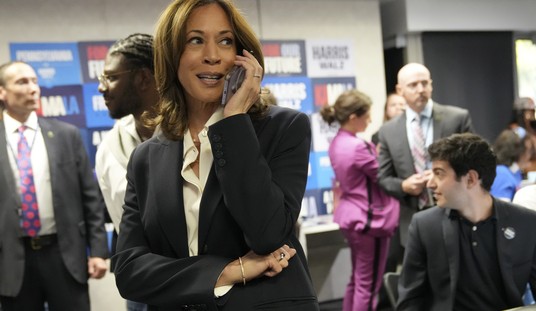

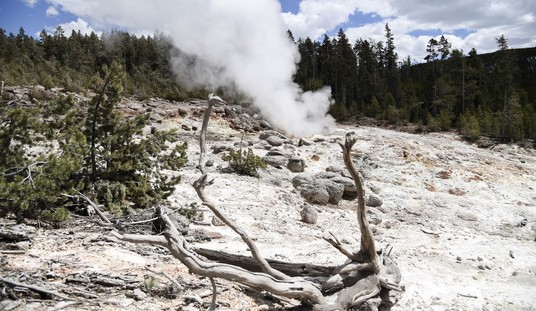

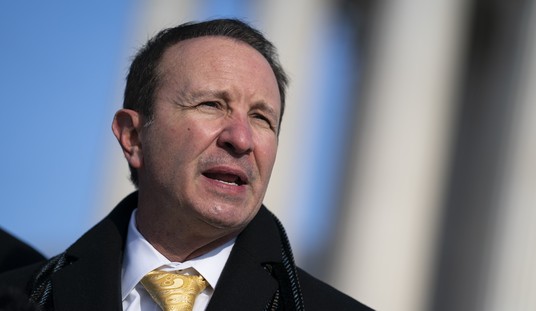




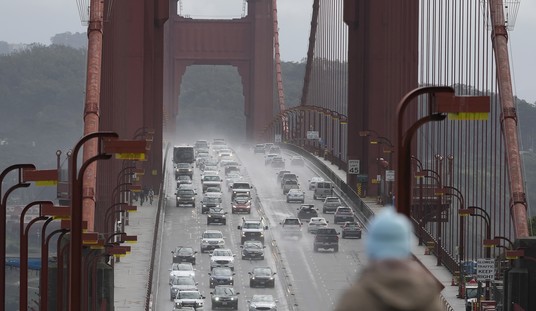
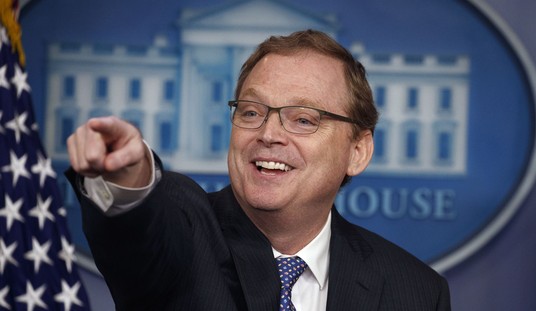
Join the conversation as a VIP Member